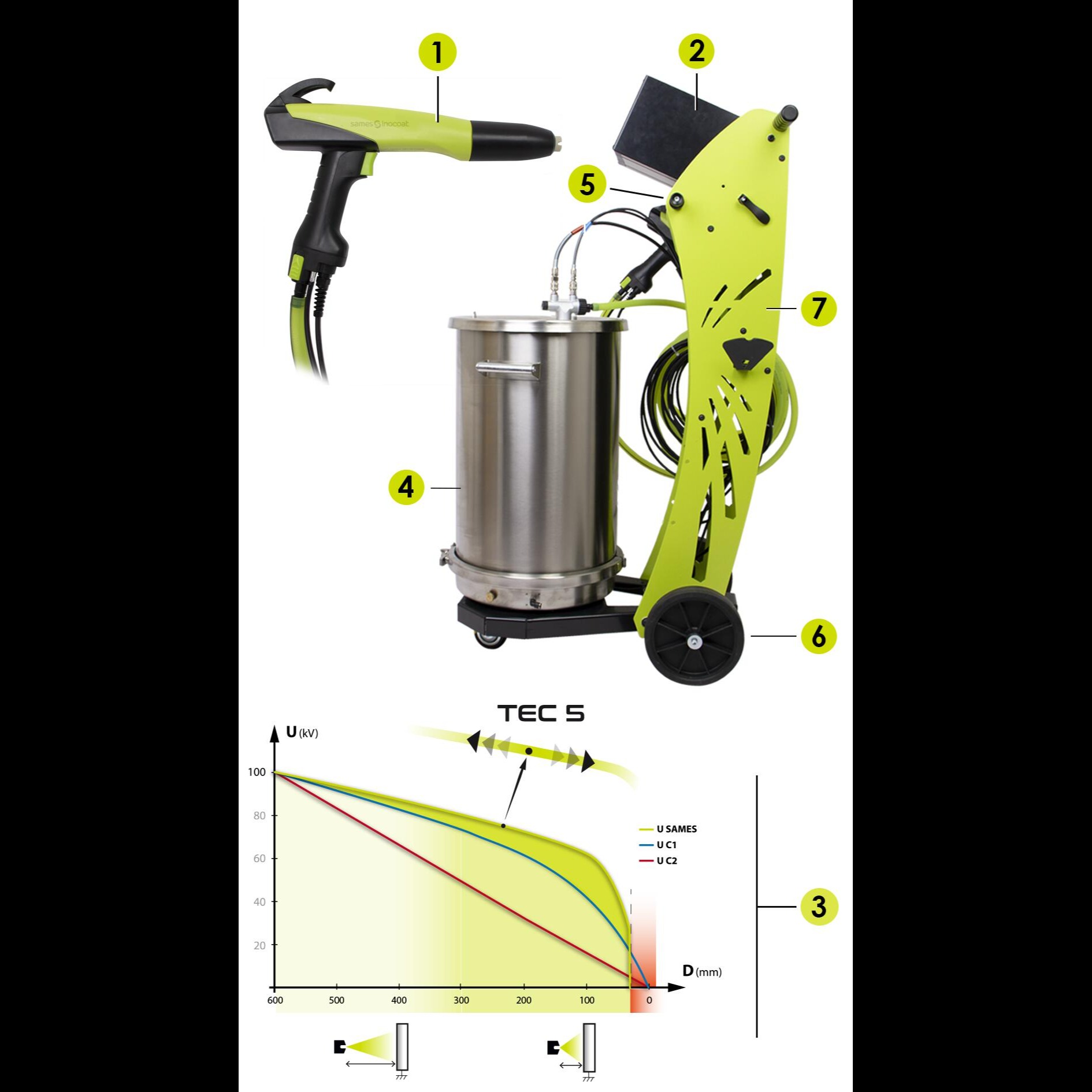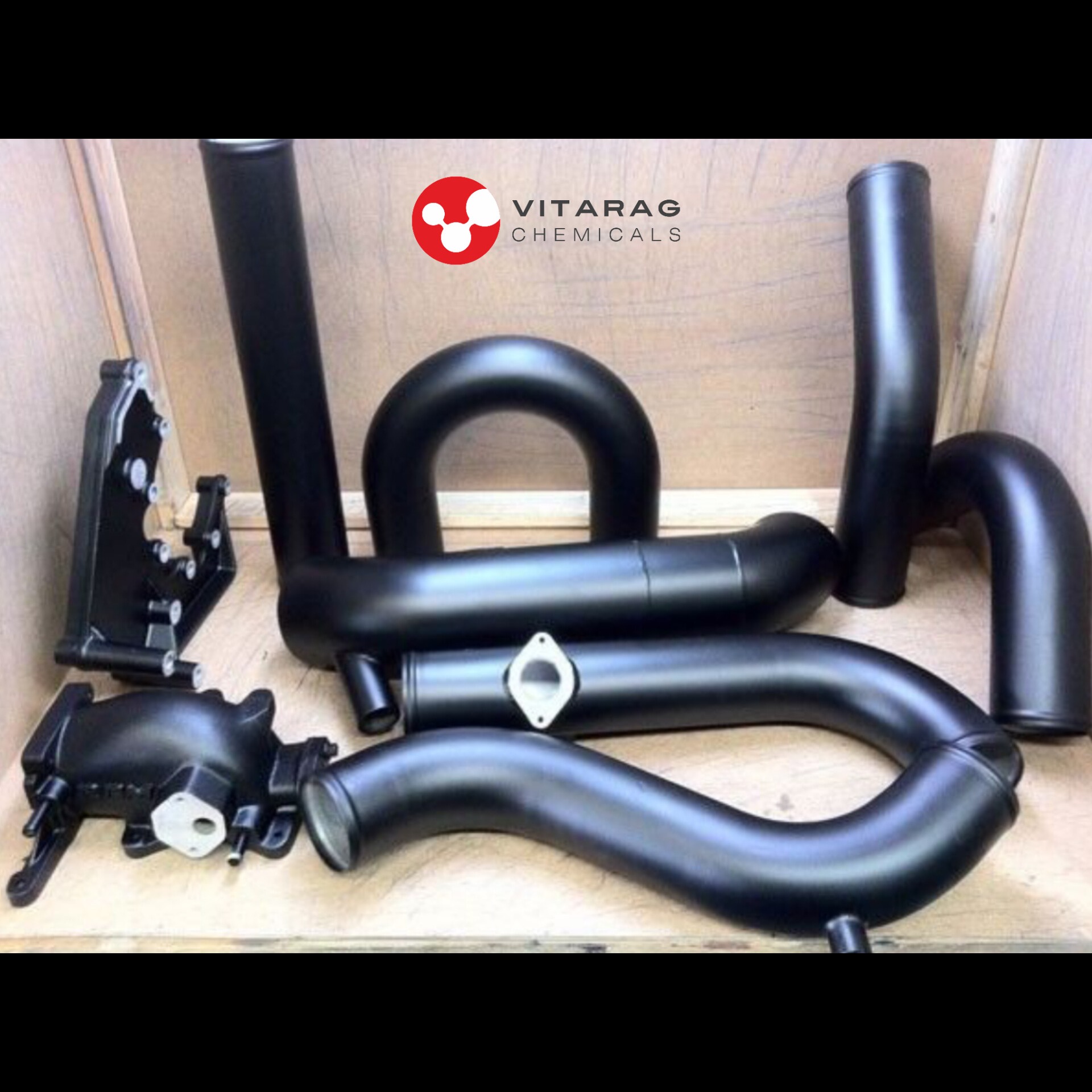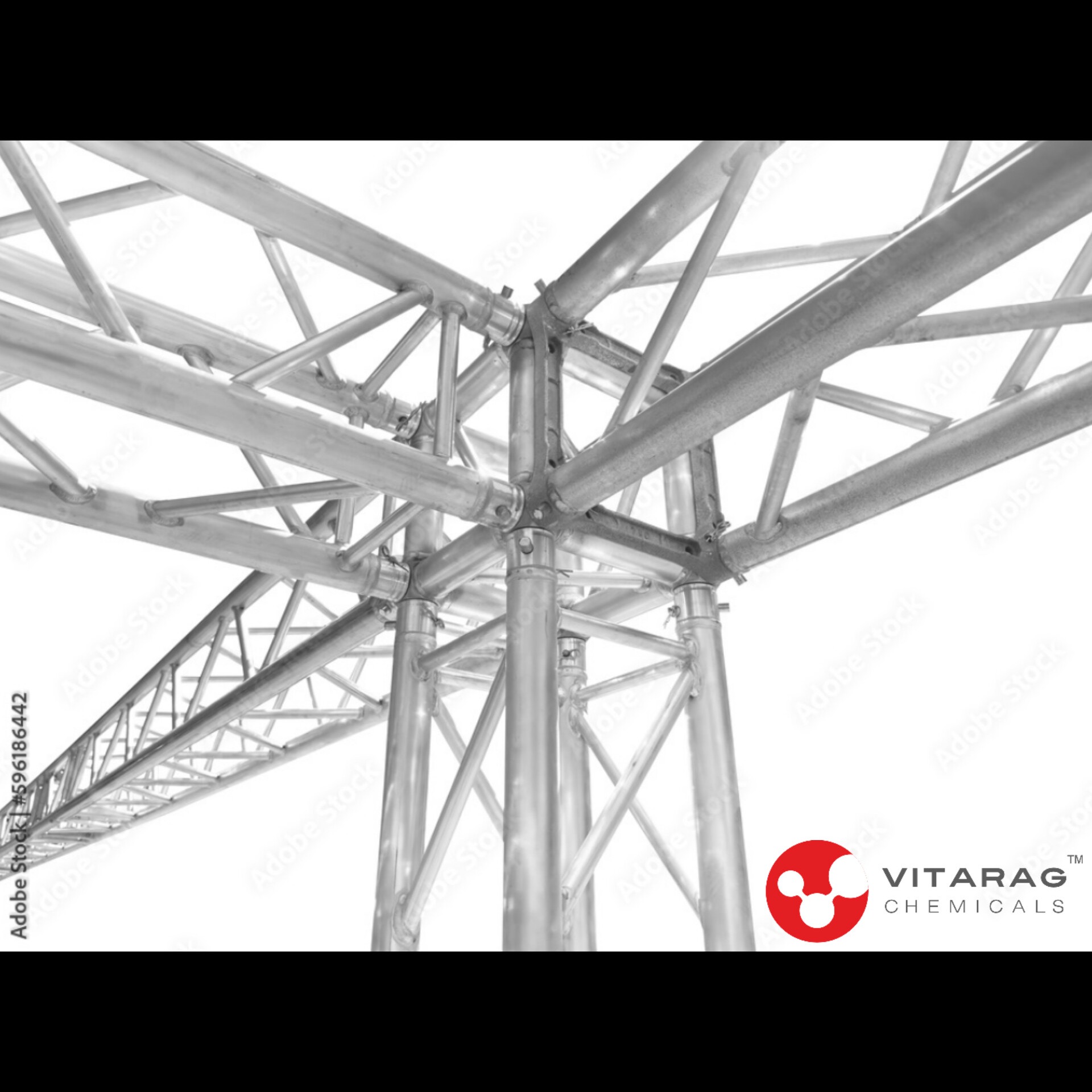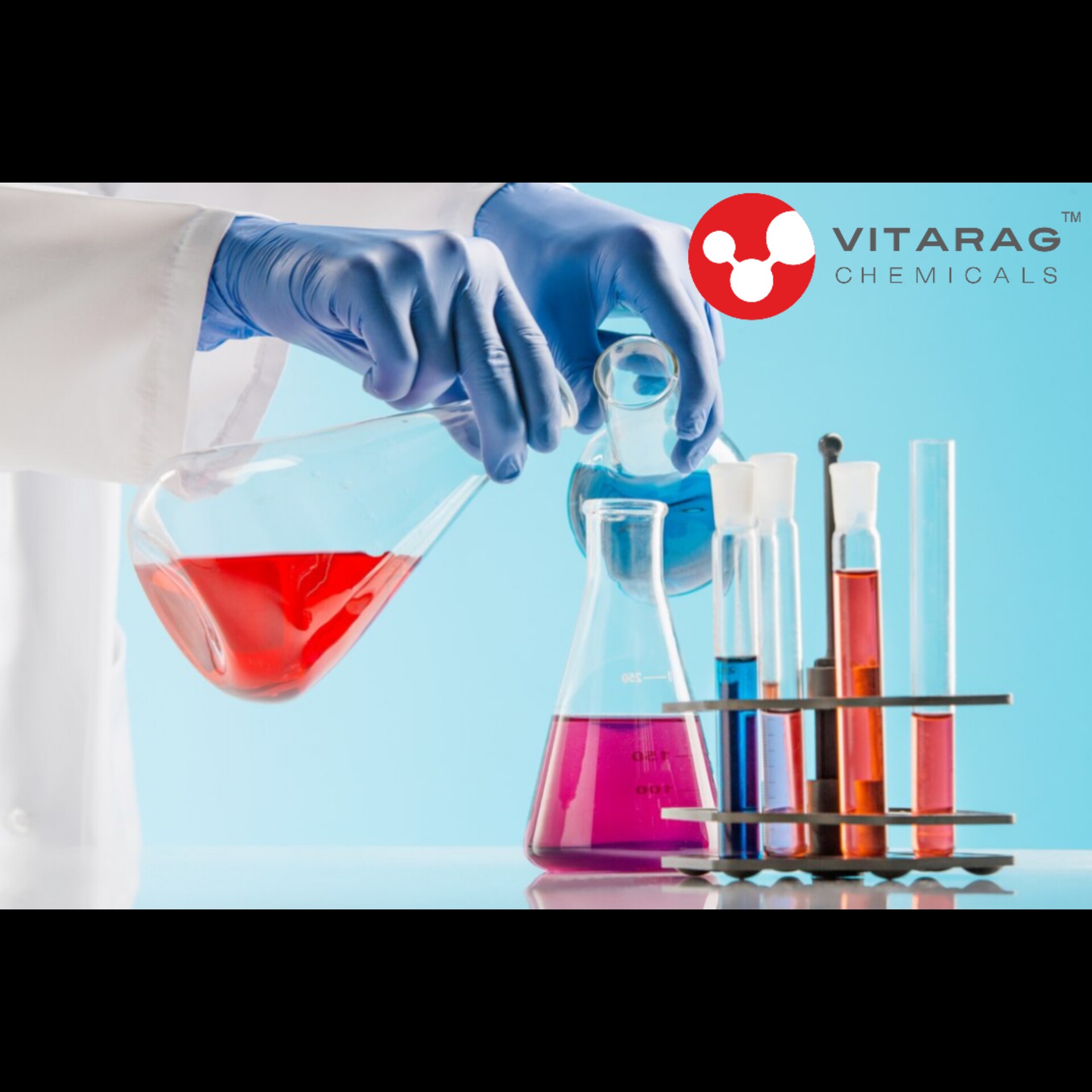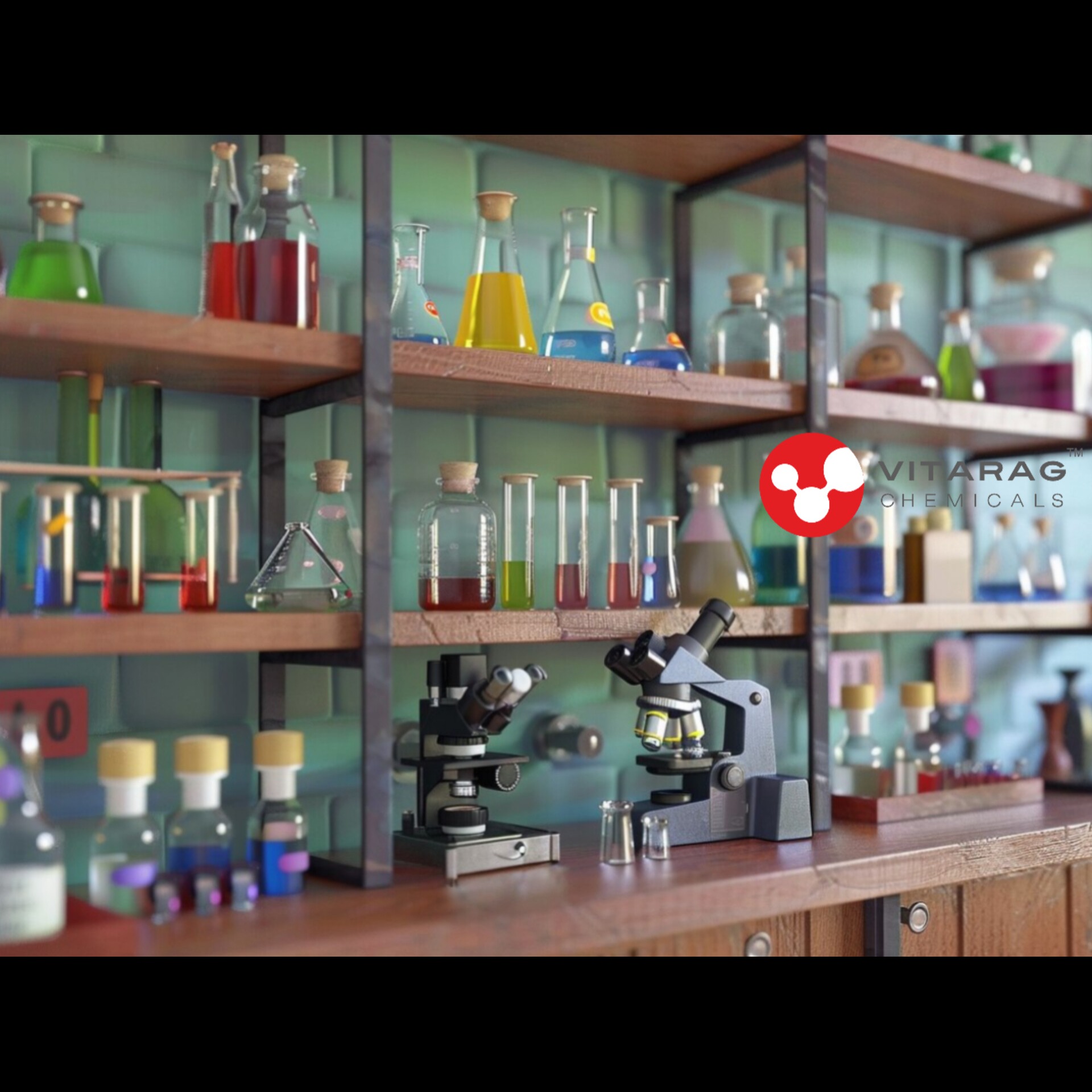
Seven Tank Phosphating chemicals for Powder Coating
- A Seven Tank Phosphating Process is a widely used pretreatment method in powder coating, especially for mild steel substrates. It improves adhesion, corrosion resistance, and overall performance of the powder coating. Each tank contains a specific chemical treatment, and the process involves sequential dipping or spraying.
- Here’s a typical 7-tank phosphating chemical sequence:
1. Degreasing (Alkaline Cleaner)
- Purpose: Removes oil, grease, and other organic contaminants.
- Chemical: Alkaline degreaser (e.g., sodium metasilicate, sodium hydroxide)
2. Water Rinse (First Rinse)
- Purpose: Removes residual alkaline chemicals.
3. Water Rinse (Second Rinse)
- Purpose: Ensures complete removal of degreaser.
4. Derusting (Acid Pickling – if rust is present)
- Purpose: Removes rust and mill scale from metal.
- Chemical: Diluted phosphoric or hydrochloric acid
5. Activation (Optional, if used before phosphating)
- Purpose: Enhances crystal formation in phosphating.
- Chemical: Titanium-based activation solutions
6. Phosphating
- Purpose: Creates a phosphate conversion coating for better paint adhesion and corrosion resistance.
- Chemical: Zinc or iron phosphate solution
7. Water Rinse (Post-Phosphating Rinse)
- Purpose: Removes excess phosphate sludge and loose residues.
8. Passivation (Final Rinse)
- Purpose: Improves corrosion resistance, neutralizes surface.
- Chemical: Chromic or non-chromic passivation (e.g., trivalent chrome or organic sealers). #Seven Tank Phosphating chemicals for Powder Coating Manufacturer.

